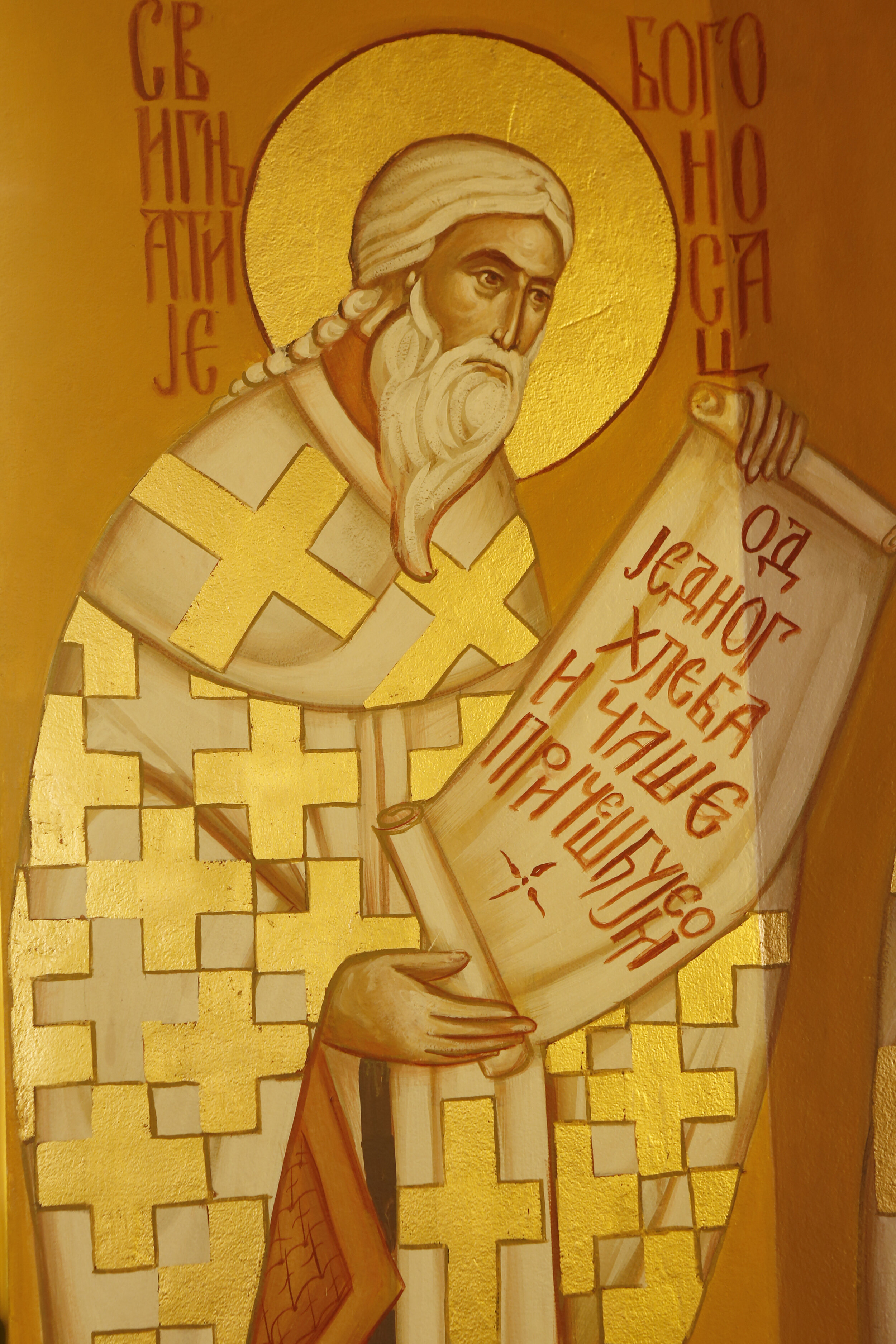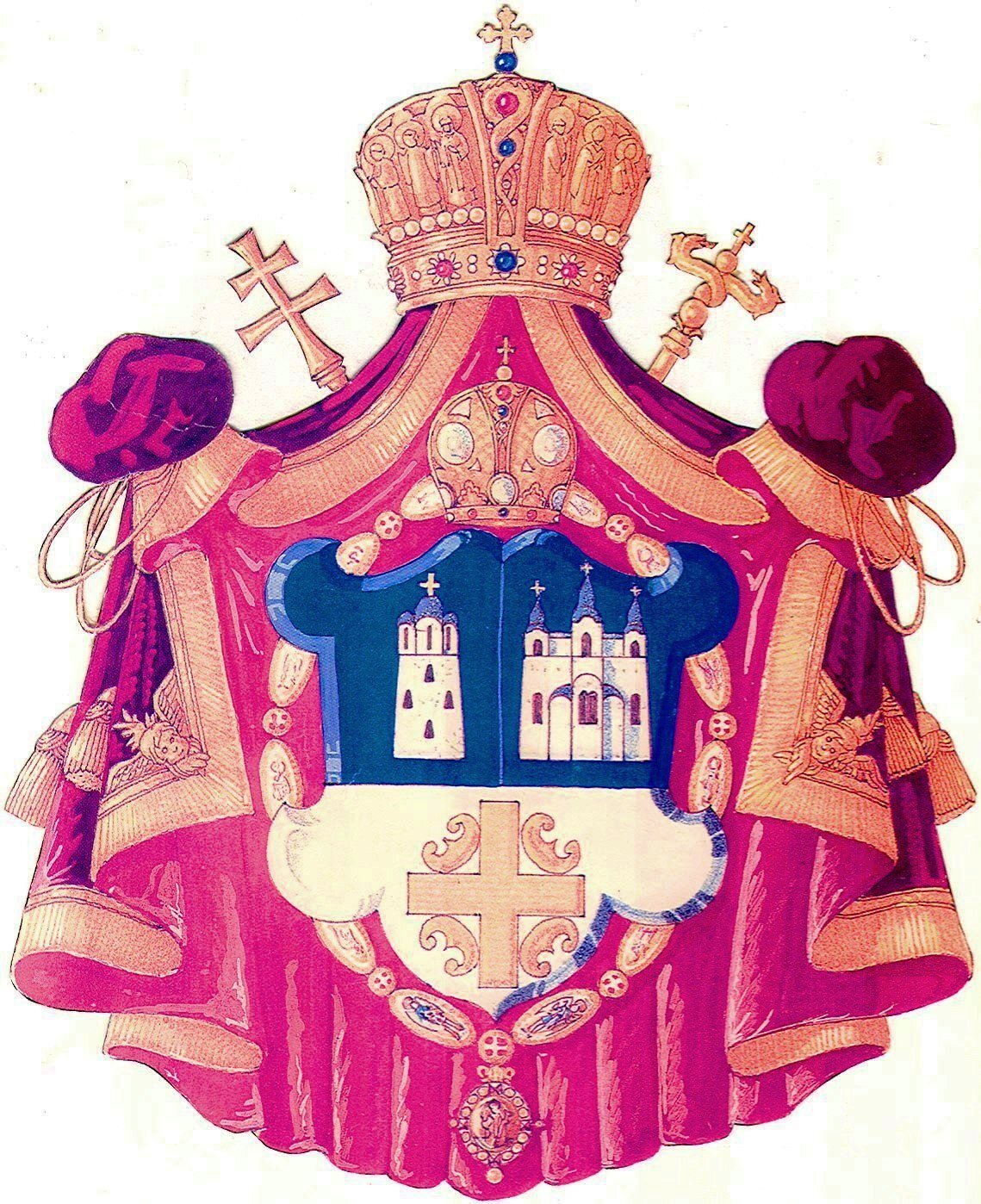
Plan a visit to our church
We understand that meeting someone for the first time can be intimidating and visiting a new place, especially if it’s something as unknown as the Orthodox Church, may feel the same. We want to help make your first experience a great one.
Our Church is located at 82 Kenny Street in Wollongong as shown below on the google maps. Parking is available both off street and at church.
Stepping into the church first thing you do is make the sign of the cross.
Once you are in narthex you may light a candle, praying for both your living and departed family, relatives, friends and enemies. You may use one, two, three or as many candles as you wish. There is no rule about candles, its just a tradition.
As you enter into the nave on Sunday morning Matins will have probably already started but don’t be surprised seeing that there isn’t many people inside: some will be coming in, some walking around venerating icons, some praying etc. This is a time to prepare for the Divine Liturgy and to find yourself a spot to stand. Make yourself comfortable as best as you can. During prayer in the Orthodox Church we are usually upstanding. Standing position symbolizes freedom of human being both in front of God and others as it’s a sign of active participation and joining in with the priest’s and chanters prayers. So standing helps to be attentive but most important is open your listening ears cause as apostle Paul says: “Faith comes by hearing” (Rom, 10,17). When sitting, the church tends to look more like a theater, where one might get an impression as if the clergy is putting up a show for spectators. In the Church we are all different but equal, and so not everyone has the same talent and serves in the same ministry. However everyone does have a role and it’s worth finding out to what ministry God is calling you.
The Liturgy goes on for about one hour and 20 minutes. There’s parts where you are suggested to sit (if seating is available) - that is: after the beginning of Liturgy until the small entrance; during the Epistle reading, priests homily, after the Canon of the Eucharist and before the Lord’s Prayer. You are expected to be upstanding during the: Small and Big entrance, Gospel reading, Canon of the Eucharist, the Lords Prayer and during the Holy communion. Please don’t stress if you are unacquainted with all of this terminology. As Tertulian, one of the Church fathers says: “Christians are made - not born!”. As the oldest intellectual tradition in the West the Orthodox Church cannot simply be dumbed down. We can and we are indeed showing utmost love and respect for every person regardless of individual knowledge and understanding of Church teaching.
The fact that this is a Serbian Orthodox Parish doesn’t mean that it’s reserved for ethnic Serbians but that it is a canonical Orthodox Church under the Patriarchate of Serbia and part of the Serbian Orthodox Metropolitanate of Australia and New Zealand. This parish is for all people of good will who value the proper order of the ancient Church. Isolated tendencies to form Australian/ American/European Orthodox Church are equally nationalistic as any nationalistic movements in history condemned by the Church as an ethnofiletitic heresy. It is true that the Orthodox Church has transformed many cultures but it is equally true that it can never be reduced to any of it at any period of the human history.
We follow the ancient traditions of the Serbian Orthodox Church but our first task is to fulfill Christ’s great commission to “go into the whole world and make disciples of all nations, baptizing and teaching them to obey everything He commanded" (Mt.28,19)
The services are in the Serbian, Church-Slavonic and at least 40% in the English language. The ratio of these really depends on the day and the congregation present. Don’t stress if you hear foreign language and be aware that even modern psychology claims that words make only 17% of communication. Understanding words is important but the Church uses many languages and means to communicate the message and engage all our senses: chanting for ears, iconography for eyes, incenses for smell, and the most important sense of taste we satisfy at the very end of our journey into the Church (once we’ve are prepared to accept the mystery of faith: baptised and chrismated and ready to receive the Holy Communion). All of these languages and means to communicate with God are called Holy Sacraments of the Church. They are regular ways through which God want’s to connect to us. But be aware that God is not bounded by anything of this world and sometimes works in extraordinary ways.
If you decide to visit we’d be glad if you could announce your visit by filling out the provided form below. Alternatively you can text Fr Branko or contact him via Facebook or Instagram. That way he can plan ahead to welcome you after the service, show you around and spend some time with you.



